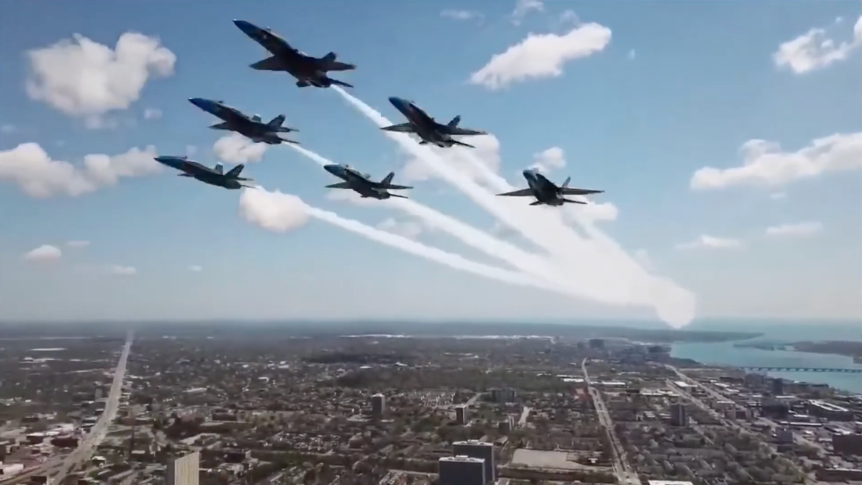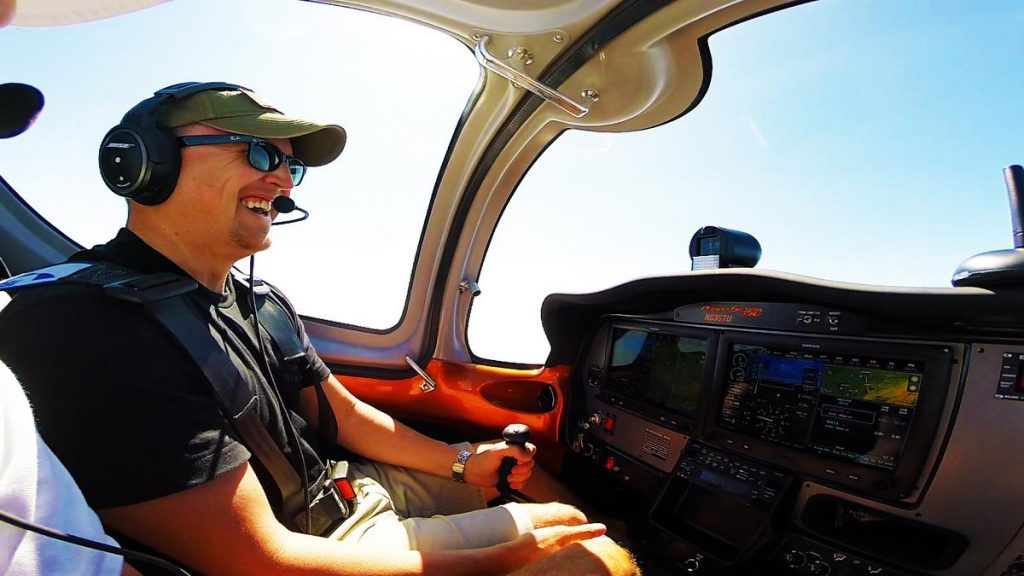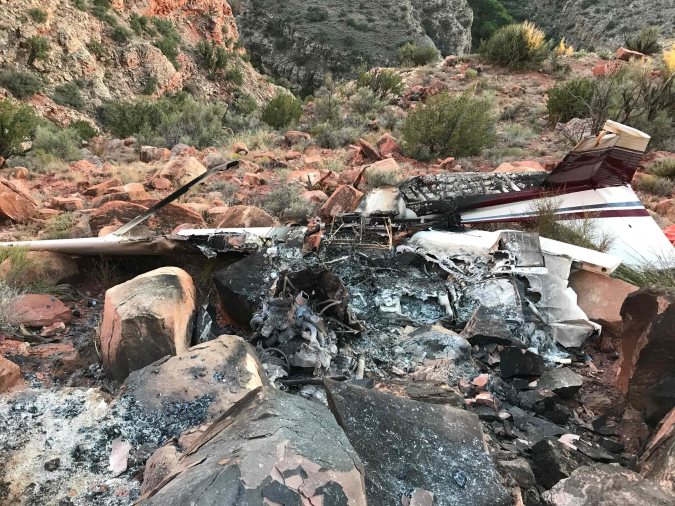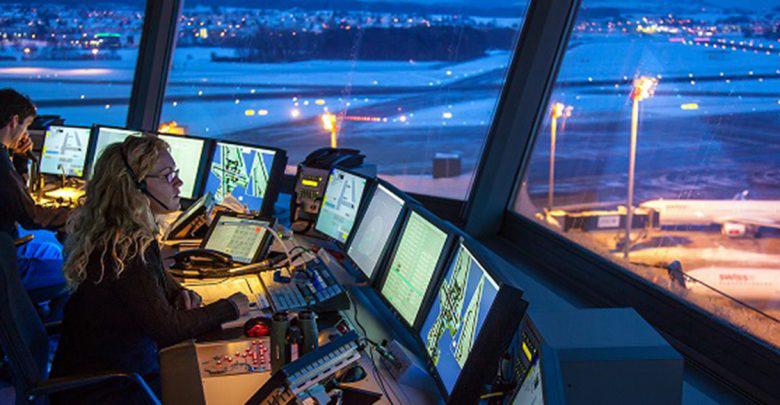Avoiding Midair Collisions

Photo Credit: Loren Holmes / Anchorage Daily News
Avoiding Midair Collisions
It seems to happen every Summer. Seven people were killed Friday when a beaver and cub had a midair collision near Soldotna, Alaska. On May 13th of last year, a Beaver and Otter collided near George Inlet, Alaska; killing 6 and injuring 10. In 2018? Four were killed on a training flight in Sweetwater, FL when a Piper PA-31 and Cessna 172 collided.
As we move into the age of modern cockpit avionics and onboard traffic collision avoidance systems, one would think that the number of midair collisions would be declining among other general aviation accident trends.
So why is it that the number of midair collisions, reported annually, has rarely changed over the last 18 years?
According to the Federal Aviation Administration, mid-air collisions remain on the top 10 list as being a leading cause of general aviation accidents resulting in fatalities.
Having a good visual scan and minimizing “heads down” time is important to maintain traffic separation. But even so, this only guards against a mere five percent of mid-air collisions. According to AOPA’s Air Safety Institute, eighty-two percent of midair collisions happen from the rear of the aircraft. So how do we mitigate the risk of a midair if we can’t even see other traffic?
- Fly at the proper VFR altitudes. Remember, when flying at VFR altitudes above 3,000′ AGL; between zero to 179 degrees, fly odd thousands plus five hundred (ex: 5,500 MSL), and between 180 to 359 degrees, fly even thousands plus five hundred (ex: 4,500′ MSL).
- Before entering a turn in a high-wing aircraft, lift the wing and ensure there is no potential traffic conflict.
- When performing clearing turns, do your first turn to the left. If someone is in the process of overtaking you from behind, the proper action is to overtake on the right. Turning to the left will mitigate the possibility of a midair should someone be attempting to overtake you.
- Equip your aircraft with ADS-B in & out.
- Use flight following and enlist the help of your passengers. It’s always good to have another pair of eyes watching out for traffic.
While many think that mid-airs are most likely to occur en-route, such as when on an airway or crossing a VOR, nearly half of midair collisions actually occur in the traffic pattern, with a majority of those being at non-towered airports where traffic separation is not provided. The most common location of impact is on final or over the runway.
So what can we do in an uncontrolled airport environment to prevent collisions from occurring?
- Be familiar with and use VFR waypoints (reporting points) for position reports.
- Be familiar with your aircraft blind spots (either high wing or low wing) and use recommended techniques to mitigate them.
- Tune and verify you are on the correct frequency, at minimum, ten miles from the airport. If on with approach control, use your second radio to monitor traffic in the area.
- Report your position and intentions when 10 miles out from the airport. Listen for other traffic reports and report entering downwind, turning base, and turning final.
- Identify the airport at the beginning and end of every transmission.
- If you begin to wonder about the location of another aircraft, just ask.
- Be aware of NORDO (No radio) traffic operating in the area or in the pattern.
- Check behind you and below you when on final to ensure no other traffic.
- When outbound, report your position, and be aware that many others don’t do this.
- Report distance in miles rather than navigational fixes. (Both VFR and IFR)
In addition to non-towered operations, runway incursions are becoming a growing issue at towered airports; Hence the FAA’s emphasis area on runway incursions in nearly every ACS and PTS. Runway incursions commonly happen either due to complacency or unfamiliarity with the airfield.
We can practice a few techniques to assist in avoiding runway incursions:
- Listen carefully and intently to taxi instructions and read them back. It is easy to become complacent and take an incorrect turn if the taxi route differs from what you are used to.
- Review the airport taxi diagram prior to departing or arriving.
- If unsure, ask for a progressive taxi.
- Before entering the runway (either for departure or to cross), ensure there is no traffic on final.
- Pay close attention at airports with parallel runways.
We can all do our part to mitigate and improve general aviation’s safety record in regard to midairs. If you are a student pilot, ensure you are working in the techniques above; and if you are an instructor, make sure to teach them to your student!
If you’d like to learn more about runway incursion procedures, you can check out our “Runway Incursion Avoidance” audio lecture in our CFI PTS: Explained in Detail course, accessible here!






Responses